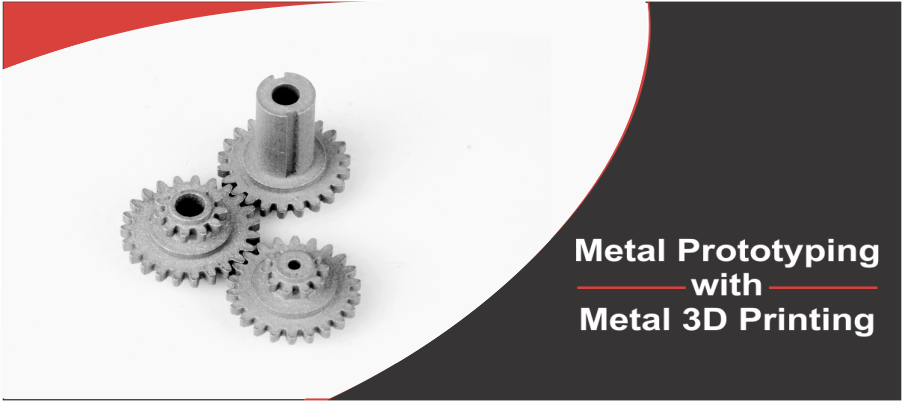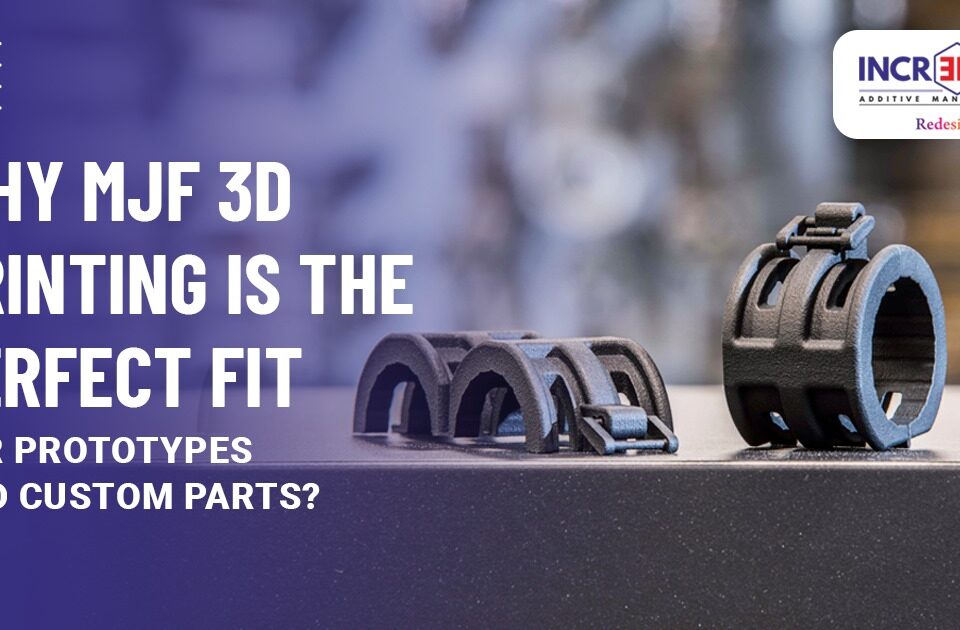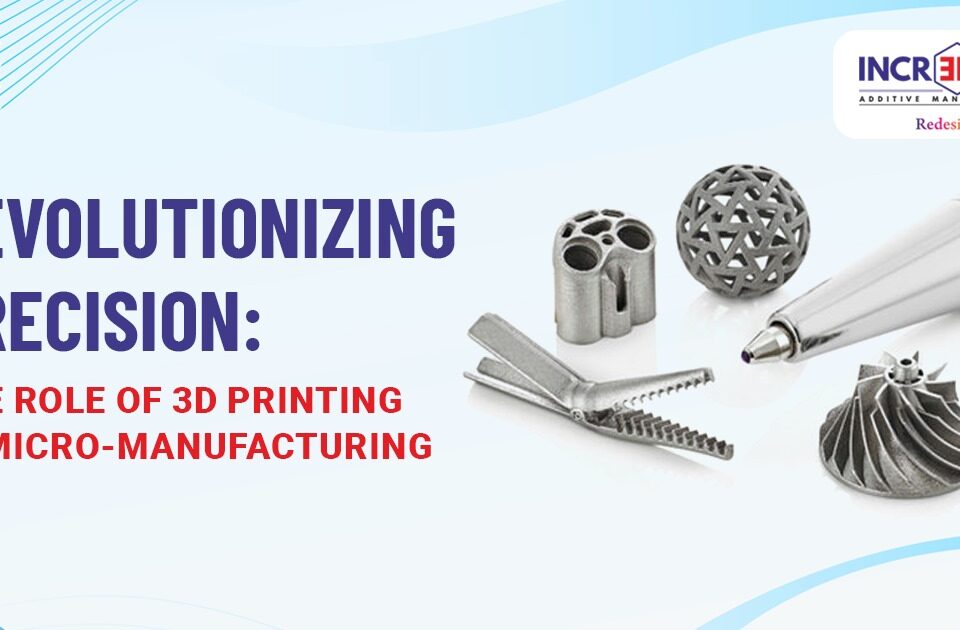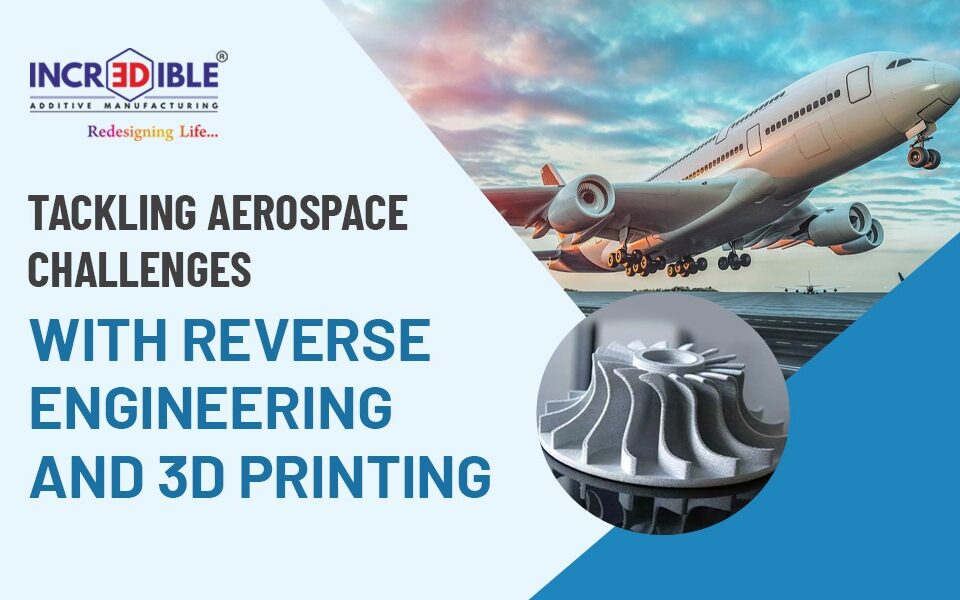Metal Rapid Prototyping with 3D Printing
Metal Rapid Prototyping with 3D Printing
3D printing is a great technology used nowadays in many industries and applications. A metal rapid prototype is one of the widely used type of 3d metal printing. Various studies have shown that the use of metal in the additive manufacturing industry is growing fast and it will prove to be a great asset for demanding engineering projects.
One of the advantages of metal 3d printing is metal prototyping. With this, not only you can achieve creative solutions in engineering and design, but you can also overcome limitations that many of the traditional manufacturing technologies impose. So, let’s get to know more about metal prototyping, along with its types and several advantages.
What is Metal Rapid Prototyping?
Metal Rapid Prototyping is a manufacturing technology that turns digital designs into solid 3D objects. The object to be printed is first scanned to create a CAD model where changes can be made in the object design if required. Once the necessary changes are done, the CAD files are converted to. STL format, which can be understood by a 3D printing machine to print objects using metal powder. Through 3D printing, the prototypes can be produced in days or weeks instead of months and years. The prototype parts can be of many applications in various industries such as automotive, industrial equipment, medical, consumer products, aerospace & defense, oil & gas, and dies & tools.
Types of Prototyping Processes:
There are numerous ways in which prototypes can be made, where each process is different and has its own best use case to meet the requirements and depends on factors like speed, durability, aesthetics, and budget. Incredible AM works on Selective Laser Melting (SLM) and other types of process are – Stereo Lithography (SLA), Selective Laser Sintering (SLS), Direct Metal Laser Sintering (DMLS), Fused Deposition Modeling (FDM), Multi Jet Fusion (MJF), PolyJet (PJET), CNC Machining, and Metal Injection Modeling (MIM).
Process of Metal Rapid Prototyping:

-
Create CAD design:
This is the first and foremost step is scanning the object with a 3D object scanner and creating a 3D model of the object in CAD.
-
Analyzing the CAD model:
The designers then identify the design flaws in the CAD model and also work on the design modifications if required. Then they identify the areas where some modifications for the purpose of printing are required, for instance adding support structures where there is a risk of breakage. The CAD model is then converted to an STL file and the object is sliced into 2D layers stacked on top of one another. The STL file is then transferred to the printer using custom machine software.
-
Metal 3D printing:
After the file is loaded into the printer, materials are loaded and the printer is set-up with printing parameters. The 3D printer builds the model by depositing material layer-by-layer. After the first layer of the physical model is done, the 3D printing machine builds another layer of powder on top of the first layer. This process is repeated until the model is completed.
-
Stress relieving heat treatment process:
Stress relieving is a process which is carried out on metal products in order to minimize residual stresses in the structure that have been absorbed by the metal from processes such as forming, straightening, machining or rolling. This helps in reducing the risk of dimensional changes during post-processing or final use of the component. It is normally done after rough machining and before final finishing such as polishing or grinding.
-
Post processing:
For post-processing, the prototype is removed from the machine. Any supports that are in the product are also detached. Moreover, prototypes may require cleaning and surface treatment such as sanding, bead blasting, sealing or painting to improve appearance and durability. Bead blasting is a metal cleaning process that is mainly used to remove surface deposits by applying fine glass beads at high pressure without damaging the surface.
Advantages of Metal Rapid Prototyping:
Metal rapid prototyping is widely used in many industries because of its numerous advantages that are as follows:
-
Increased speed:
One of the greatest advantages of metal rapid prototyping is the speed because it reduces the production time from years and months to weeks and days. The traditional manufacturing includes the process of injection molding, machining, forming, and joining to create an object while in the metal prototyping with 3d printing doesn’t require any special new tooling to make a part.
-
Design freedom:
Another major advantage of metal rapid prototyping is that it allows the creation of complex designs, unlike traditional manufacturing methods which have its own design limitations. If the prototype design needs a certain rework, it can be easily done in CAD model and programmed into the 3D printer, while a traditional method would require a lot of time as it involves too many process and tools.
-
Parts consolidation:
There are many cases in the automotive or aeronautical industry in which metal prototyping allows further simplification of the complex parts and reduction in the number of parts as well. For example, an engine with 40 different components can be reduced down to 10. This is a great achievement for the industrial designers as it opens new roads for the creation of better components and products.
-
Cost-effective:
Metal prototyping with 3D printing is cost-effective as it eliminates the need for dies/ tools and also shortens the development time. Before going for mass production, organizations can now print a prototype in the desired material, so as to test the performance and feasibility of the prototypes.
-
Go-to-market time:
With 3D metal prototyping, the go-to-market time reduces drastically thus enabling companies to launch new products faster in the market. Shorter time to market means having a better ability to predict success.
Conclusion:
Metal rapid prototyping is enabling organizations to develop ever more efficient parts, components, and refined products. Businesses can offer more effective and creative solutions by easily and speedily creating prototypes for their customers.
Read About- supply chain optimization




